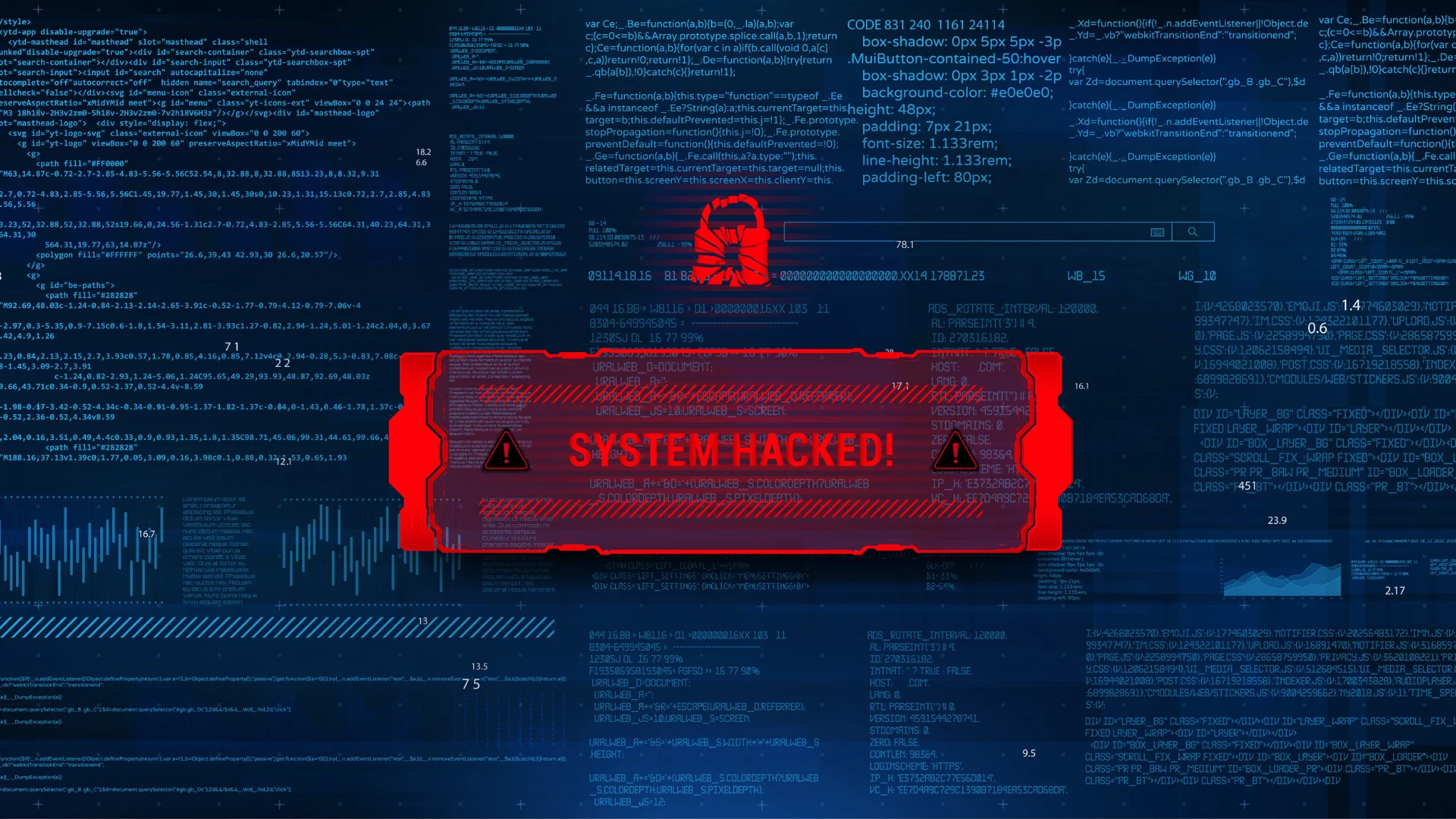Phishing-driven ransomware is emerging as the most formidable cyber threat, dwarfing others in its scope and impact. Reports underscore a worrying trend: 90% of data breaches stem from phishing, inflicting financial damages surpassing $10 billion. Splunk’s findings are equally alarming, revealing that 96% of businesses experienced at least one phishing attack in the past year, with 83% enduring multiple incidents.
This narrative is becoming distressingly familiar – ransomware continues to break records both in the number of incidents and the havoc wrought. Week after week, prominent organisations find themselves embroiled in these digital onslaughts. This raises a critical question: if these giants are vulnerable, what hope do organisations with smaller budgets and teams have?
Add in to the equation the advent of Generative Artificial Intelligence (GenAI). This threatens to not only propel phishing attacks to unprecedented sophistication and indiscernibility regardless of language, but also increase the scale at which they can be deployed. New research suggests that cyber criminals can save 16 hours designing a phishing email using the new GenAI tools at their disposal. The ease with which these attacks can now be launched is a cause for grave concern.
GenAI-Phishing
Phishing, which typically involves deceptive emails, text messages, and voice communications, is designed to extract sensitive information such as login credentials and personal data. With GenAI, cybercriminals can now craft highly convincing and personalised phishing messages that closely mimic human communication, making them almost indistinguishable from legitimate interactions.

This advancement means traditional anti-phishing tools, reliant on recognising patterns and known phishing indicators, are becoming increasingly ineffective against GenAI-generated content. Moreover, GenAI equips threat actors with the tools to automate and scale their phishing operations, creating customised messages tailored to a broad spectrum of victims.
Redefining Anti-Phishing Strategies
The emergence of GenAI-powered phishing compels a reevaluation of our approach to combating this threat. The question now is whether we can still effectively discern these hyper-realistic fakes or if we’re losing ground in the battle against phishing. Whilst continual investment in employee education is still vital, organisations still need a fresh look at their anti-phishing measures, exploring new tactics and technologies capable of countering these advanced threats.
In response to these evolving threats, security leaders are advocating a comprehensive approach to cybersecurity, emphasising the importance of robust email, web, cloud application security working in tandem with identity, context and data loss prevention. Together, they provide an integrated defence mechanism against sophisticated phishing attempts.
Ed Macnair, CEO of Censornet goes further to say, “In an era where cyber threats are constantly evolving, relying solely on legacy defence mechanisms is no longer viable. Our integrated approach, combining advanced email, web and cloud application security with identity management and DLP, positions organisations to proactively defend against sophisticated phishing attacks driven by GenAI. It’s about creating a security ecosystem that adapts and evolves with the threat landscape”
As cyber threats, particularly ransomware, continue to evolve with technologies like GenAI, organisations need to prioritise technology that doesn’t just react to threats, but proactively blocks them. It’s not just about defending against attacks; it’s about staying a step ahead in an ever-changing cyber warfare landscape.







